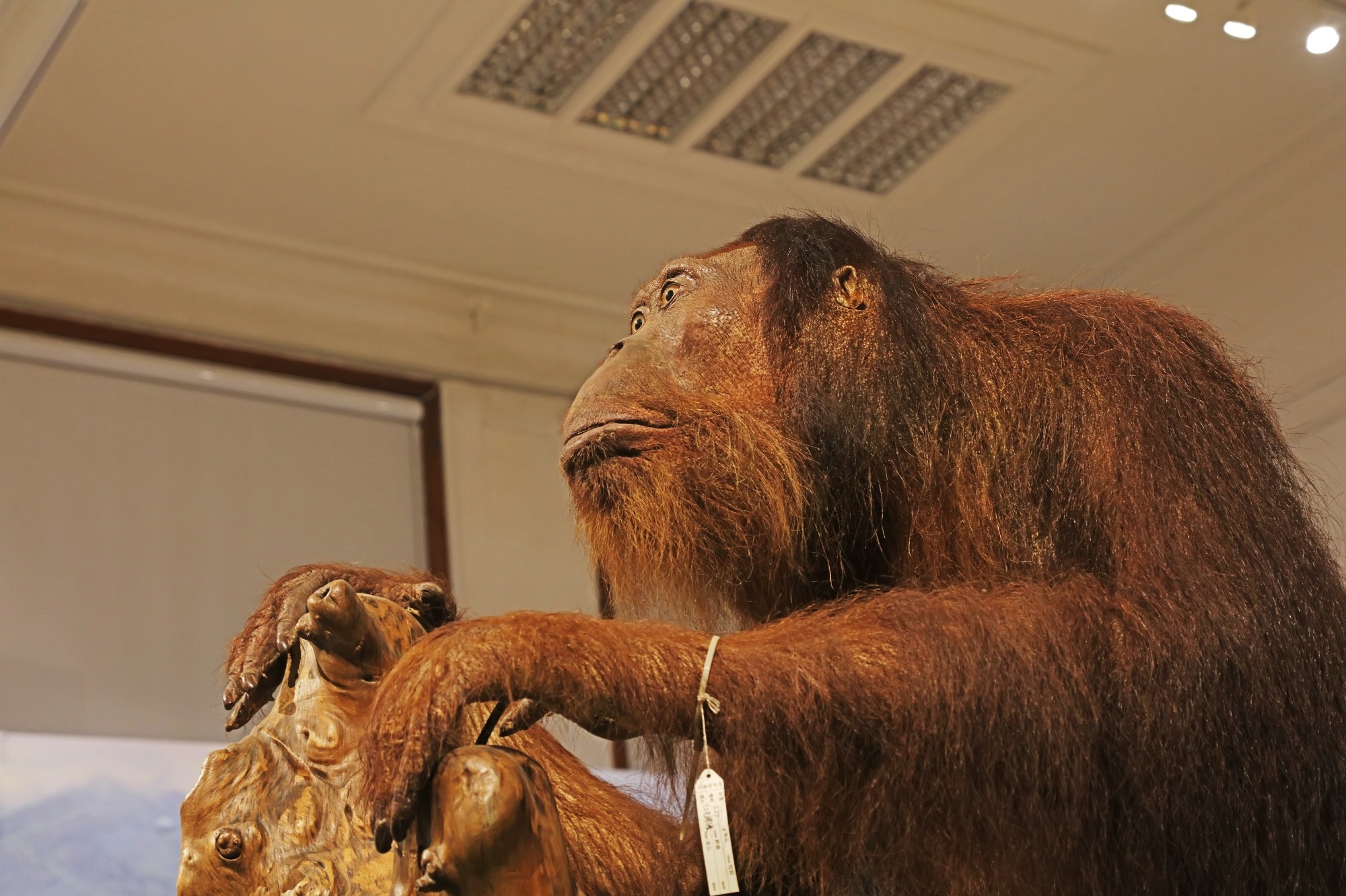In a recent research letter published in the journal Emerging Infectious Diseases, researchers use pathogen genomics of ancient DNA recovered from museum-preserved orangutan teeth to determine the cause of hitherto unexplained deaths of several zoo-housed great apes in the Netherlands in 1965. Shotgun sequencing in tandem with hybridization capture bait sets sensitive to a spectrum of viral genomes revealed that these museum specimens were Sumatran orangutans (Pongo abelii) died due to monkeypox virus (MPXV) infections.
The study findings provide new insights into how MPXV traveled from its potential origin in Sumatra into the Rotterdam Zoo, where the outbreak occurred. Furthermore, these findings highlight the unique ability of modern museomic techniques to identify the pathogens responsible for historic epidemiologic events and their dispersal routes to ultimately better prepare for future zoonotic and pandemic events.
 Study: Link between monkeypox virus genomes from museum specimens and 1965 zoo outbreak. Image Credit: junrong / Shutterstock.com
Study: Link between monkeypox virus genomes from museum specimens and 1965 zoo outbreak. Image Credit: junrong / Shutterstock.com
What is MPXV?
MPXV can infect a wide range of mammals, including humans and non-human primates. Moreover, MPXV is an enveloped double-stranded DNA virus belonging to the Orthopoxvirus genus (family Poxviridae) and is closely related to variola (smallpox), cowpox, and vaccinia pathogens.
First discovered in laboratory monkeys in Denmark in 1958, MPXV is endemic to Central Africa, where increasing evidence of small mammalian reservoirs has been discovered. Despite over three decades of research in the field, the prevalence of MPXV and other zoonotic diseases is rising throughout the world, with the most recent global MPXV outbreak of 2022-2023 representing the worst in recorded history.
Pathogen genomics has the potential to identify MPXV in museum-preserved DNA, thereby allowing researchers to extrapolate their historic dispersal and transmission routes. While the origin of MPVX is assumed to be Central Africa, the connection between its origin in Africa and subsequent discovery in Europe remains unclear.
About the study
In the present study, researchers used ancient DNA extracted from the teeth of four museum-preserved orangutan samples (Pongo sp.) to elucidate their cause of death. Ancient DNA was subsequently used to build genomic libraries of both the great apes and their potential viral pathogen.
Subsequent shotgun sequencing techniques used in tandem with hybridization capture bait sets optimized to target a broad spectrum of viral genomes were used to identify the relationships between the pathogen responsible for the death of the current museum samples and those isolated from previous dead mammals.
Study findings
Genomic analyses revealed that two of the four included samples were Pongo abelii (Sumatran orangutans). In combination with museum records alluding to the specimens originating from a zoo in the Netherlands in 1965, the current study found isolated MPXV genomes closely mapping to other previously sequenced great ape genomes during non-human primate outbreaks in the 1950s and 1960s.
The viral genomes isolated from the museum orangutans belonged to MPXV clade IIa and were almost identical to a genome isolated from the 1965 Rotterdam Zoo outbreak. Despite over 50 years since the death of these apes, which is a significant amount of time for fast-evolving viruses like MPVX, the only genetic differences observed between the current and Rotterdam Zoo pathogens were two mutations.
Further genomic comparisons with other previously sequenced great-ape derived MPXV genomes elucidate that Sumatran orangutans, which were already infected with MPXV from their home ranges, were captured, transported to Europe, and subsequently sold to zoos and other captivity programs in the 1950s and 1960s. Given the rapid rate of primate-to-primate transmission for MPXV, the apes investigated in the current study may have been responsible, in part, for the Rotterdam Zoo outbreak of 1965, during which six out of the 10 housed great apes died of a hitherto unidentified viral disease.
Our work linking the MPXV infection of those orangutans to a specific outbreak further highlights the importance of museum specimens to the study of virus diversity and evolution... If natural history collections have regularly acquired specimens from such outbreaks, such specimens could represent not only a treasure trove of biodiversity but also an alternative source of pathologic specimens and infectious agent genomic material.”
Journal reference:
- Hämmerle, M., Rymbekova, A., Gelabert, P., et al. (2024). Link between monkeypox virus genomes from museum specimens and 1965 zoo outbreak. Emerging Infectious Diseases. doi:10.3201/eid3004.231546